Artificial Intelligence (AI) has rapidly transformed the Software-as-a-Service (SaaS) landscape, powering smarter tools, automating workflows, and reshaping industries. With hundreds of AI SaaS solutions hitting the market each year, businesses and investors often face a pressing question: how do you classify AI SaaS products in a way that makes sense?
This is where AI SaaS product classification criteria come into play. By setting clear standards, we can evaluate tools more effectively, compare solutions across industries, and make better adoption decisions. In this guide, we’ll break down the core and advanced criteria for classifying AI SaaS products, explore real-world applications, and highlight where the future of classification is headed.
Understanding AI SaaS Products
Before diving into classification, let’s step back and ask: what exactly is AI SaaS?
AI SaaS refers to software delivered over the cloud that uses artificial intelligence technologies such as machine learning, natural language processing (NLP), or computer vision to provide advanced capabilities. Unlike traditional SaaS, which focuses on delivering tools and services via subscription, AI SaaS goes a step further by embedding intelligence, automation, and predictive analytics into the platform.
Why Classification Matters
Classifying AI SaaS products isn’t just about organization—it’s about decision-making. The right classification system can:
- Help businesses choose the right tool for their industry needs.
- Provide investors with benchmarks for evaluating startups.
- Enable developers to position their products strategically.
- Ensure compliance with international standards and data protection laws.
Without classification criteria, the AI SaaS space risks becoming a chaotic marketplace where comparing solutions is nearly impossible.
Core AI SaaS Product Classification Criteria
No single system works for everyone, but there are several key criteria that always help with classification.
Functionality-Based Classification
Perhaps the most straightforward approach is to classify AI SaaS by what it does.
- AI Analytics Platforms – Tools like Tableau with AI-driven insights.
- Natural Language Processing (NLP) – Chatbots, sentiment analysis, translation tools.
- Computer Vision – Facial recognition, image detection, and quality control.
- Automation Platforms – Robotic Process Automation (RPA) integrated with AI.
- Recommendation Engines – Netflix’s or Amazon’s AI-based product suggestions.
This method ensures each product is judged by its primary function in the ecosystem.
Industry Vertical Classification
AI SaaS can also be segmented based on the industries it serves. For example:
- Healthcare AI SaaS – Predictive diagnostics, medical imaging, and telemedicine.
- FinTech AI SaaS – Fraud detection, credit scoring, robo-advisors.
- Retail AI SaaS – Inventory management, customer personalization, demand forecasting.
- EdTech AI SaaS – Adaptive learning platforms and grading automation.
This approach highlights domain-specific value, which is particularly important for regulated industries like healthcare and finance.
Deployment and Scalability
Deployment is another key classification criterion:
- Cloud-Native SaaS – Fully managed on public or private clouds.
- Hybrid AI SaaS – Combines on-premise and cloud solutions.
- Multi-Tenant vs. Single-Tenant – Determines how scalable and secure the system is for multiple organizations.
Pricing Model Classification
How a product charges its users plays a big role in classification:
- Subscription-Based – Flat monthly or yearly fee.
- Usage-Based – Pay-as-you-go based on volume (common in API-driven AI SaaS).
- Freemium Models – Basic free tier with premium upgrades.
- Enterprise Licensing – Custom packages for large organizations.
For instance, OpenAI’s GPT models follow a usage-based pricing model, making them highly scalable yet cost-variable.
AI Technology Stack
The underlying AI technology defines another classification dimension:
- Machine Learning SaaS – Predictive analytics, forecasting models.
- Deep Learning SaaS – Advanced image recognition, neural networks.
- NLP SaaS – Chatbots, voice assistants.
- Reinforcement Learning SaaS – Robotics and dynamic decision-making platforms.
This is useful for technical teams and investors evaluating the product’s long-term viability.
Target Audience and User Base
AI SaaS solutions can also be grouped by who they serve:
- SMBs – Affordable, simple-to-deploy solutions.
- Large Enterprises – Custom, complex systems with advanced integrations.
- Developers/Startups – API-first products that integrate into existing workflows.
Advanced Classification Criteria for AI SaaS
As the market matures, advanced classification layers have emerged.
Data Handling & Privacy
- Data Residency – Where data is stored (important for GDPR compliance).
- Data Security – Encryption standards, anonymization, and compliance certifications.
- Privacy by Design – Products that prioritize ethical AI from the ground up.
Integration and Interoperability
A great AI SaaS isn’t useful if it doesn’t play well with others. Classification based on integration capacity includes:
- Native integrations with CRMs (Salesforce, HubSpot).
- APIs for custom workflows.
- Interoperability with ERP, HR, or BI tools.
Security and Trustworthiness
In today’s AI climate, trust is critical. Products can be classified based on:
- AI Transparency – Does it explain its predictions?
- Security Certifications – ISO 27001, SOC 2 compliance.
- Bias and Ethics Handling – How does the system mitigate algorithmic bias?
Frameworks and Standards for AI SaaS Classification
Global organizations are pushing for structured frameworks:
- ISO Standards – Covering cloud security and data processing.
- IEEE AI Ethics Guidelines – Promoting transparency and accountability.
- EU AI Act –A revolutionary set of rules for AI usage.
Together, these efforts push towards a uniform global classification system.
Practical Use Cases of AI SaaS Product Classification
Different stakeholders use classification criteria in unique ways:
- Businesses – To match the right AI SaaS with organizational needs.
- Investors – To assess startups against benchmarks.
- Developers – To position their product in a crowded market.
- Regulators – To ensure responsible AI deployment.
Case Study:
- Salesforce Einstein can be classified by functionality (AI analytics), industry (CRM/marketing), and audience (enterprise users). This multi-layer classification makes it easier to evaluate against competitors like HubSpot AI.
Future Trends in AI SaaS Product Classification
Looking forward, expect classification systems to evolve with:
- Generative AI SaaS – Platforms for content creation, chatbots, and LLMs.
- Sustainable AI – Classification based on green AI practices like carbon-efficient training.
- Autonomous AI SaaS – Systems that learn on their own and adjust instantly.
As AI grows more complex, so too will the frameworks that classify it.
Conclusion – Why AI SaaS Product Classification Matters
The world of AI SaaS is expanding rapidly, but without classification criteria, it’s impossible to navigate. By breaking down products through functionality, industry, deployment, pricing, technology stack, and user base, we gain clarity. Advanced factors like privacy, interoperability, and ethical AI ensure we build a marketplace rooted in trust.
In short, AI SaaS product classification criteria aren’t just theoretical—they’re the compass guiding businesses, investors, and developers through a crowded and innovative space.
FAQ – AI SaaS Product Classification Criteria
Q1: What are the main factors for classifying AI SaaS products? A: Functionality, industry vertical, pricing model, technology stack, and target audience.
Q2: Why is classification important in AI SaaS?
A: It helps businesses choose tools, investors evaluate startups, and regulators ensure compliance.
Q3: How do pricing models impact classification?
A: They determine accessibility, scalability, and adoption rates, especially between SMBs and enterprises.
Q4: What role does data privacy play in AI SaaS classification?
A: Privacy and data handling are critical in regulated industries like healthcare and finance.
Sample Classification Table
| Criterion | Example Products | Classification Type |
| Functionality | ChatGPT, Jasper AI | NLP SaaS |
| Industry Vertical | Tempus (Healthcare AI) | Medical AI SaaS |
| Deployment | Snowflake AI | Cloud-Native |
| Pricing Model | OpenAI API | Usage-Based |
| Technology Stack | DeepMind Vision AI | Deep Learning SaaS |
| Target Audience | HubSpot AI | Enterprise AI SaaS |
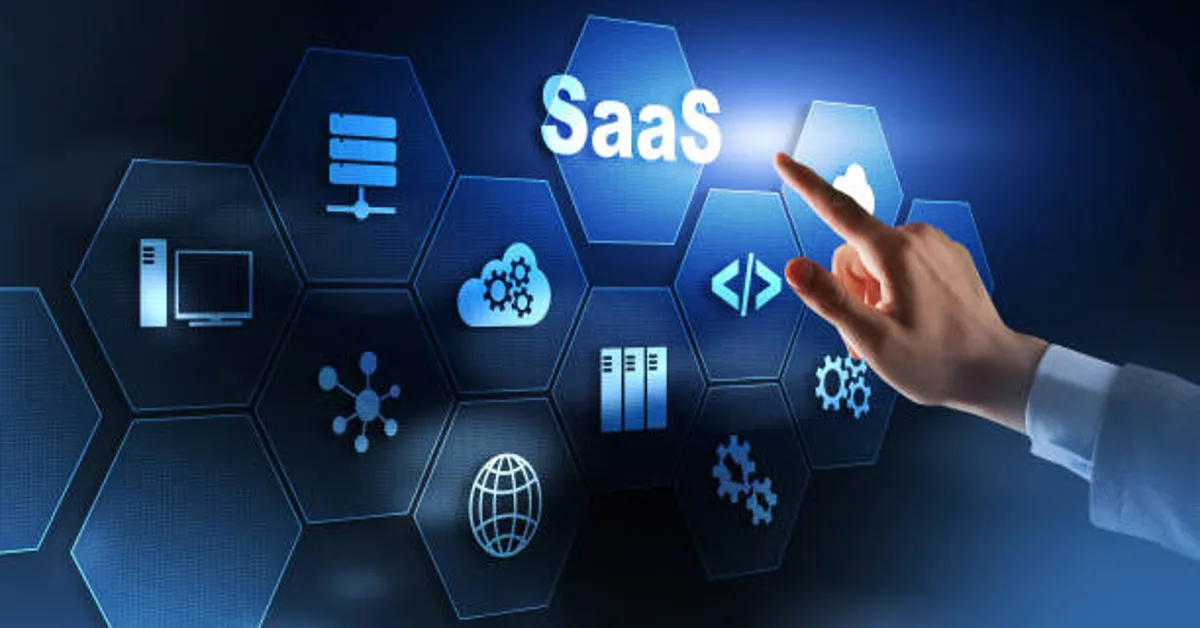
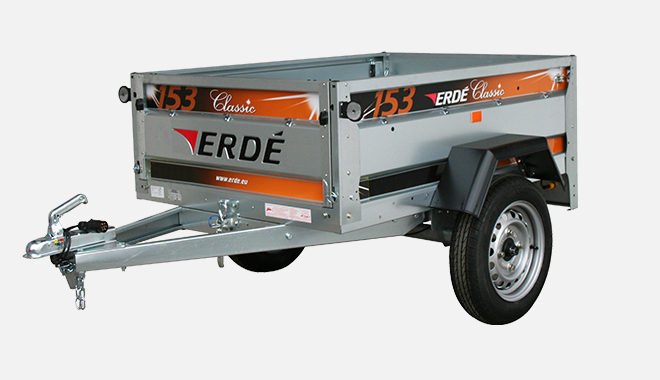

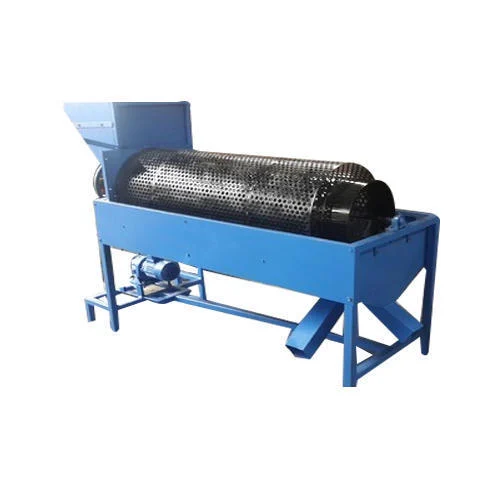
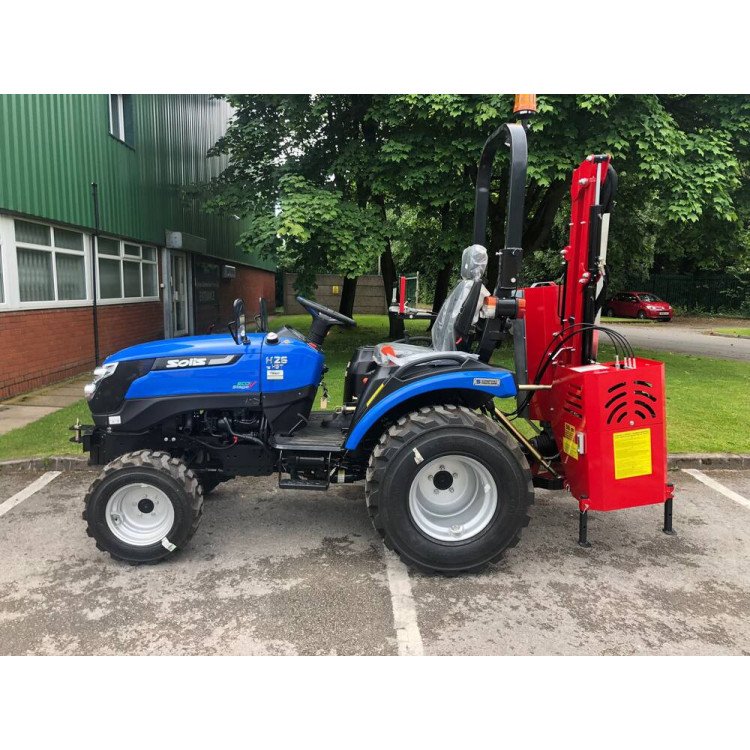

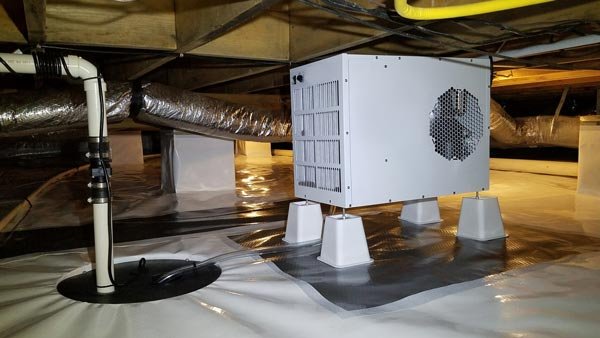






Leave a Reply